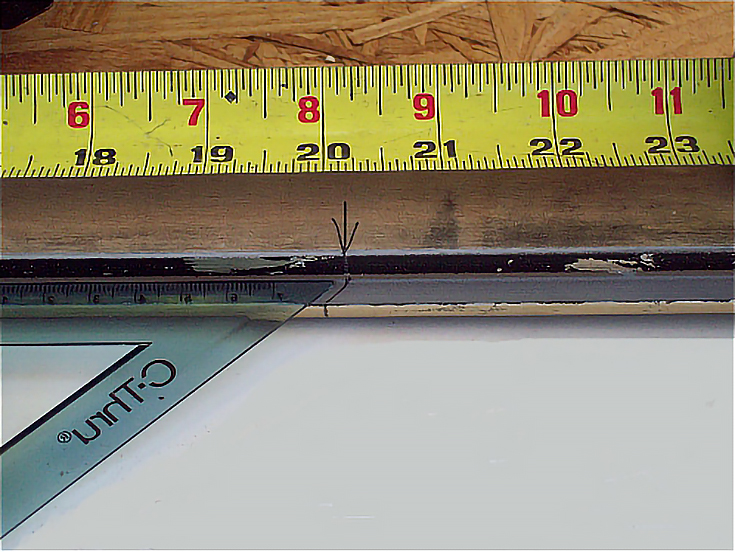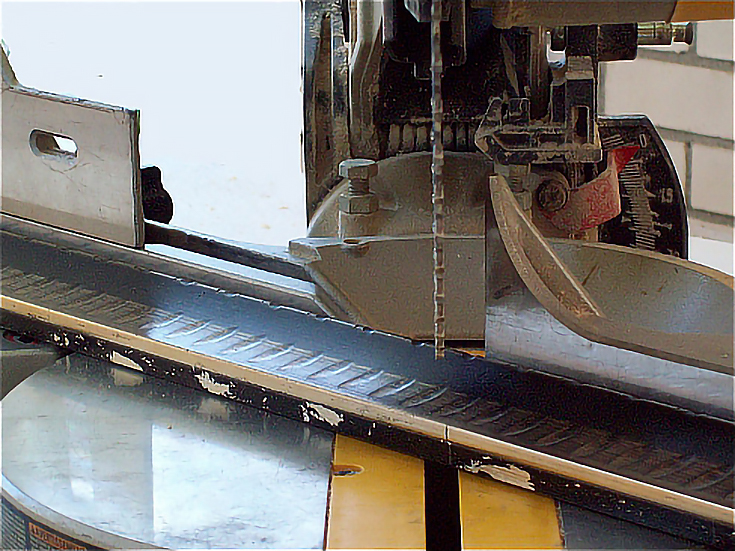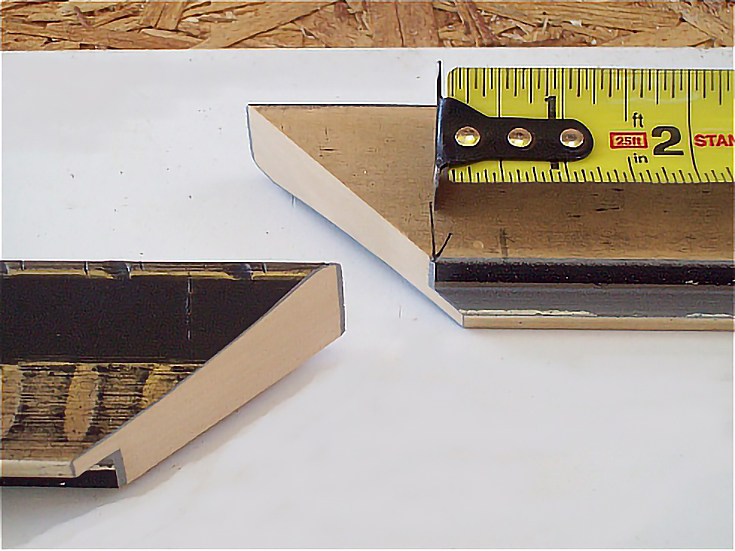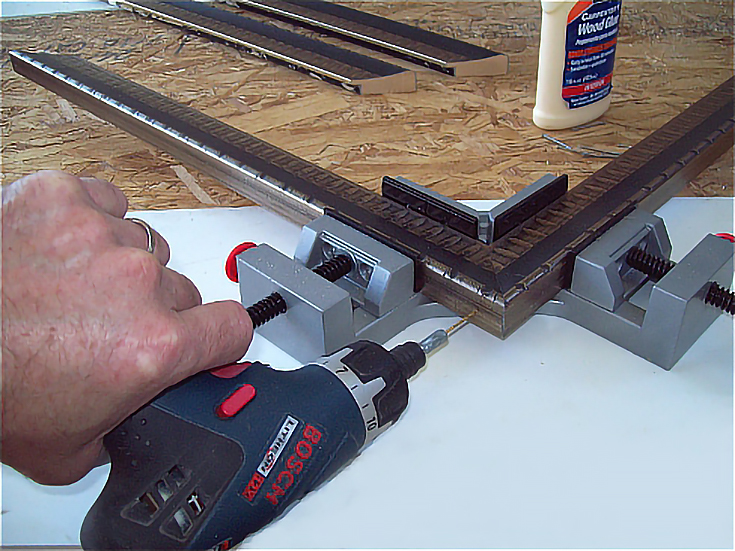Whether you’re just showing or selling your paintings, a quality picture frame will not only help, but it might even be required.
Professional framing shops are always glad to assist, but their prices will cut deep into your profits before you ever make a sale. If that poses a dilemma, why not just make your own picture frames?
Let’s find out what’s involved:
Start by googling “picture frame molding” (plus your zip code) to find a good source for high quality frame moldings in your area.
Of course, there’s no need to limit yourself to a particular locality if you don’t want to. Many places will be glad to ship to you wherever you are.
In my case, I’ve chosen a local whole-sale outlet which charges between $2 and $6 per foot of molding (it comes in 9 foot lengths). The only downside is that they required me to have a retail license, which cost me $50.
On the other hand, a retail license isn’t a bad thing to have if you want to sell your work in compliance with “applicable laws.” Plus, it may quickly pay for itself! Most professionally-built frames will cost much more than a retail license and all the molding put together.
Many molding suppliers will also sell their moldings pre-cut to your specs at a considerable mark-up. This option will eliminate the need for certain tools which will make the job much easier on you. You will want to explore that possibility and weigh the cost versus the trouble, etc.
If you’re going to do the cuts yourself, you will need a tape-measure, sharp pencil, and a miter-saw.
What kind of miter saw? A decent manual miter-box is good, while an electric one will require much less physical effort but is more hazardous if you’re not experienced in using one. (Safety glasses are a must!)
A friend who is somewhat handy with tools and/or owns all these tools already will be an invaluable asset until you get your own feet wet.
Cutting the frame molding
Cutting the molding pieces can be tricky. Here’s what you will need to do:
Determine your canvas size then add 1/8 of an inch to the width as well as the height. In other words, if your canvas is 16×20, you will mark 2 pieces 16 1/8 and 2 pieces 20 1/8. It’s better if your canvas doesn’t fit too tightly.
Next, place your molding face-up (the decorative side up) and make a 45 degree cut where you marked the pieces.
This will result in the outer edge of your molding becoming pointed and longer than the inner edge. Refer to the illustration below to see what I mean.
If in doubt, cut a little bigger and adjust later. Make sure that both width pieces are equal in length, as well as your height pieces. If you don’t have well matching pairs of each, it will create gaps at your joints later.
Putting the frame together
You will need a power or battery drill, 1/16 inch drill bit, wood glue, 4d finish nails, hammer, corner clamp (Sears, $25.00), and colored wood filler (such as Minwax Color-Match Wood Putty).
At this point you may also want to secure the corner clamp to your work area by means of screws, a C-clamp or a helping hand.
Arrange one of your width pieces and one of your height pieces in the corner clamp and tighten it down where a perfect joint is formed. Then remove one of the two and apply as much glue to the edge as you can without making a huge mess.
Keeping a damp rag handy for any excess glue, put the molding back in the clamp where it fits nicely against the other piece.
Pre-drill a nail hole as shown above. This will help prevent the frame from splitting from the force of the nail.
Even so, make sure to gently tap the nail into the opening until it is flush with the frame, then use a nail set, or another nail, to drive the nail just a little further (this will allow you to hide the nail hole with a bit of putty).
Pre-drill from the other direction once or twice and repeat. Generally, 2 or 3 nails per corner will be enough. When you’re finished with one corner, remove your molding from the clamp and move on to the next corner, and then on around the frame.
After clamping in the last piece, but before you glue or drill it, make sure that it will fit nicely against both corners. If there is a discrepancy in the length of one or more pieces, or if your electric miter saw needs fine-tuning, it will show up at the last joint. If you indeed end up with a small gap, remove it from the clamp and ever-so-slightly re-cut at a minutely different angle to arrive at a better fit.
Be sure not to cut this piece smaller than your canvas. If it is long enough, slight imperfections in the joint can be hidden with colored wood filler.
After you attach the last piece, remove your picture frame from the clamp and lay it on a flat surface to ensure it isn’t warped. If it is, twist or bend it gently to correct this before the glue dries. Mounting the frame to a canvas may also help to make this adjustment.
At this point inspect your picture frame for even the slightest gaps, nail holes, or rough edges. Make these “go away” with colored wood putty that is closest to the color of your frame.
That’s about it. . . Good luck, and happy framing!
This post may contain affiliate links.





